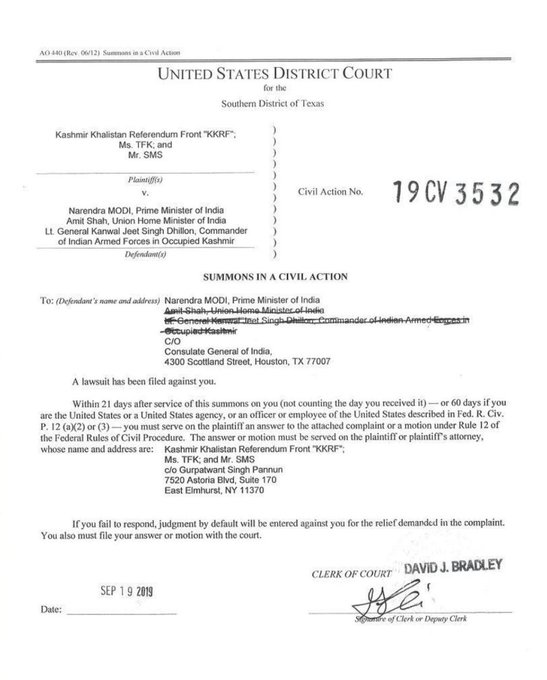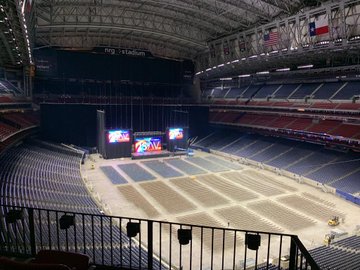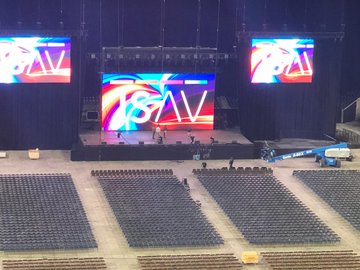This Muharram was quiet and downcast for the Shias of Kashmir, where processions to mark the occasion of the tenth day of the holiday, known as Ashura, were restricted by authorities. In Delhi, though, Kashmiri Shias joined others in visiting the Shah-e-Mardan shrine in South Delhi’s Jor Bagh area. With almost no communication with their families in Kashmir for around 40 days, the Shia student community of Kashmir compared this Muharram to the oppression that led to the martyrdom of Imam Hussein, the Prophet Muhammad’s grandson, in the Battle of Karbala in Iraq in 680 CE.
Sabia*, a student of clinical psychology, was angry that a central expression of the Shia faith was suppressed in the valley after the August 5 abrogation of Article 370 of the Indian constitution, which ended the autonomy of Kashmir. “For Shias, taking out processions is very important for expressing our love towards Imam Hussein as well as for spreading his word. Muharram cannot be celebrated inside homes like Eid can be,” she said, and recalled how Muharram was observed in Kashmir until recently. People would come out of narrow streets and gather to proceed towards Zadibal, an Imam Bara (Shi’ite place of worship) in Srinagar, she said.
Aliya*, sitting beside Sabia and I in a hall at Shah-e-Mardan, could not hold her emotions in at this point. A student of history at the University of Delhi, she said it was her first Muharram away from home. “I have not talked to my mother in 34 days,” she told me, referring to a communication blackout in place in Kashmir since August 5. “I talked to my father a couple of times for around a minute each time. I could not pour my heart out and ask them how they were. When you feel this surveillance, you can’t have deeply personal conversations,” she said, as tears welled up in her eyes.
For Aliya, the link between the Battle of Karbala and the situation in Kashmir is very strong. The battle was fought by Imam Hussein against Yazid I, who was the second caliph of the Umayyad Islamic caliphate, but was considered an illegitimate ruler and a tyrant due to his hereditary succession.
The federal establishment has distanced the Shias from India, the community believes. The position of Shias as a minority within the Sunni majority Muslim community of Kashmir has led to their voices being ignored in Kashmir’s struggle for independence, feels Aliya.
“The oppression of Shias as a minority led some of them to feel that they would be safer with India (that Kashmir remains part of India), though provided that the special status of Jammu and Kashmir stays untouched, and armed troops are removed from inner valley. The government’s move has erased the last hope of Shias willing to stay with India. In this time of adversity, all Kashmiris stand together despite sectarian differences,” said Sahar*, Aliya’s friend, who studies Human Resource Management in Delhi.
Masuma Ali Khan, who recently completed her post-graduation studies in English from University in Delhi, added to Sabia’s point, saying, “Shias have always been at the forefront of the separatist movement. They have always been pro-Azadi (pro-independence) but the Sunni community saw us as passive participants. Being the majority, they have set the narrative. However, when we proceed during Muharram we shout slogans of Azadi along with the name of Imam Hussein. It has become a part of the Muharram processions for Kashmiri Shias.” She believes that the Shia community’s response to the revocation of Article 370 confirms their leaning towards autonomy for Kashmir.
Umar*, a PhD student who has been studying the Kashmiri conflict, explained the position of Kashmiri Shias as one of being in “perpetual doubt.” He said that Shias spearheaded the pro-Pakistan separatist movement initially. Mohammad Abbas Ansari, a Shia cleric, was a prominent separatist leader who had an important role in the coming together of various Kashmiri separatist political outfits under one banner, All Parties Hurriyat Conference (APHC), in 1993. He was the first Shia leader to hold the position of the chairman of APHC.
Umar added that Shia separatist leaders were pro-Pakistan until the 1970s. They provided safe havens to the Afghan raiders sent by Pakistan in 1947 to capture Kashmir. They also supported Pakistan in the 1965 Indo- Pakistani War, which was caused by Pakistan’s continued attempts at infiltration in Jammu and Kashmir to foment insurgency in the northernmost state of India. It was after the rivalry of Saudi Arabia and Iran and its bearing on Pakistan that the Shia community drifted away from a pro-Pakistani separatist stand. Saudi Arabia and Pakistan are Sunni majority nations and Saudi Arabia’s impact and funding of a Sunni militant groups was a threat to the minority Shia population of Kashmir.
Mohammad Abbas Ansari had also founded a Shia militant outfit called the Hizbul Momineen, which stopped functioning after being targeted by Hizbul Mujahideen, a militant group associated with the Islamic State terror group. Iran funded Shia groups in Kashmir through Pakistan after the Islamic Revolution – a 1978-1979 civil uprising in Iran that led to the fall of the monarchy – but a sectarian divide in Kashmir led Shias towards Azadi and less in favour of Kashmir joining Pakistan.
In this context, Umar added that the Shia community felt threatened as a minority in Kashmir.
While there is a degree of empathy for the Hindu Kashmiri Pandits, who fled Kashmir in huge numbers during the late 1980s and early 1990s, few hold Kashmiri Muslims responsible for the persecution of Shias. Umar believes that the complicity of Kashmiri Muslims in the displacement of Kashmiri Pandits has been vastly ignored. There are fundamentalist sections in the Kashmiri Muslim majority that are a cause of concern for minorities. “First the slogan was against Pandits. After Kashmiri Pandits left, the slogan was ‘Kae’firan patt’e chhe Raefi’zun laar’ which translated to ‘After the infidels (Hindus), it is the Shias who will be hounded’,” Umar said.
Umar uses this to elaborate the “perpetual doubt” that the Shia community has been living in. On one side, he explains, conservative religious groups (mostly fundamentalist Sunni) have mushroomed in Kashmir, which worries Shias, and on the other side, Shias have stood united as Kashmiris against the alleged brutality of Indian State.
While Shias remain in “doubt,” they seemed more vocal about their opposition to alleged excesses and human rights violations by the Indian armed forces than their grievances against Kashmir’s Sunni Muslims














